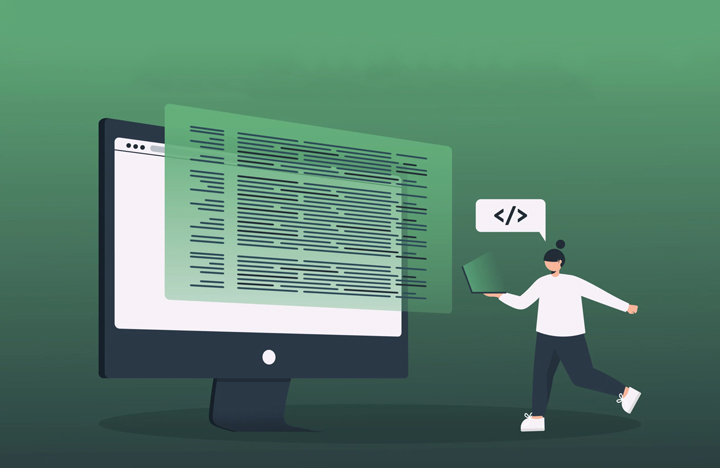In today’s fast-paced digital world, programming languages like Python, JavaScript, and C++ dominate the tech landscape. But have you ever wondered how it all began? What was the first-ever programming language, and who conjured this groundbreaking idea? Let’s take a fascinating journey back in time to the birth of programming itself.
A Visionary’s Dream: The Beginning
The story of programming languages starts long before the advent of modern computers. It begins in the 19th century with an extraordinary woman, Ada Lovelace, often celebrated as the world’s first programmer. Working alongside Charles Babbage, the father of the "Analytical Engine" (a mechanical precursor to computers), Lovelace developed the first algorithm intended to be executed by a machine. Though the Analytical Engine was never fully built, her visionary notes about using the machine to calculate Bernoulli numbers laid the foundation for programming as we know it.
Ada's algorithm wasn't technically a "language," but it introduced the concept of using instructions to direct a machine's operation—an idea that would spark a revolution.
Early Twentieth Century: From Machines to Logic
Fast forward to the mid-20th century, when electromechanical and early electronic computers began to emerge. These computers, such as the ENIAC (1945), were programmed using a labor-intensive method called machine code—sequences of binary numbers (0s and 1s) that directly controlled the hardware. While revolutionary, this process was cumbersome, error-prone, and accessible only to a handful of specialists.
The need for abstraction became clear. Computers were becoming more powerful, and programmers needed a way to write instructions without diving into the cryptic details of machine-level operations.
The First Programming Language: Plankalkül
The title of "first programming language" is often awarded to Plankalkül, developed by German engineer Konrad Zuse during World War II. Plankalkül (translated as "Plan Calculus") was a high-level language designed to express complex calculations and logical operations in a structured and readable way. Zuse envisioned it as a way for humans to communicate with computers more naturally.
However, Plankalkül wasn’t widely implemented or recognized at the time due to the war and Zuse's isolation from other computing pioneers. It wasn’t until decades later that its significance was fully appreciated.
Enter Assembly and Fortran: Ushering in a New Era
While Zuse’s work laid the theoretical groundwork, practical advancements came in the 1950s. Assembly languages were developed to simplify machine code, using mnemonic codes (like ADD or SUB) instead of raw binary. This small but crucial step made programming slightly more human-friendly.
In 1957, IBM’s John Backus introduced FORTRAN (FORmula TRANslation), widely regarded as the first commercially successful high-level programming language. Designed for scientific and engineering tasks, FORTRAN allowed programmers to use mathematical expressions and logical constructs that were far easier to understand than assembly language. It marked a turning point, proving that programming could be both powerful and accessible.
Why It Matters
The birth of programming languages revolutionized technology and paved the way for modern computing. From the mechanical musings of Ada Lovelace to the pioneering efforts of Zuse and Backus, these early innovators saw the potential for machines to transcend mere calculation. They envisioned tools that could be programmed to solve problems, analyze data, and even assist in creativity.
Their work wasn’t just technical—it was deeply philosophical. They grappled with questions about the relationship between humans and machines, about abstraction and automation, and about the future of intelligence itself.
A Legacy That Lives On
Today, programming languages have evolved to serve countless purposes, from developing websites to training artificial intelligence. Yet, the principles that guided the creation of the first languages remain at the heart of computer science: abstraction, efficiency, and human-centric design.
As you write your next line of code, remember that you're participating in a legacy that began with Ada’s algorithm and Zuse’s Plankalkül. You’re not just writing instructions for a machine; you’re contributing to a centuries-old quest to harness the power of computation.
So, the next time you hit "run," take a moment to appreciate the remarkable journey of programming—from an idea sketched on paper to the vibrant, dynamic world of software we live in today.

Comments
Leave a comment